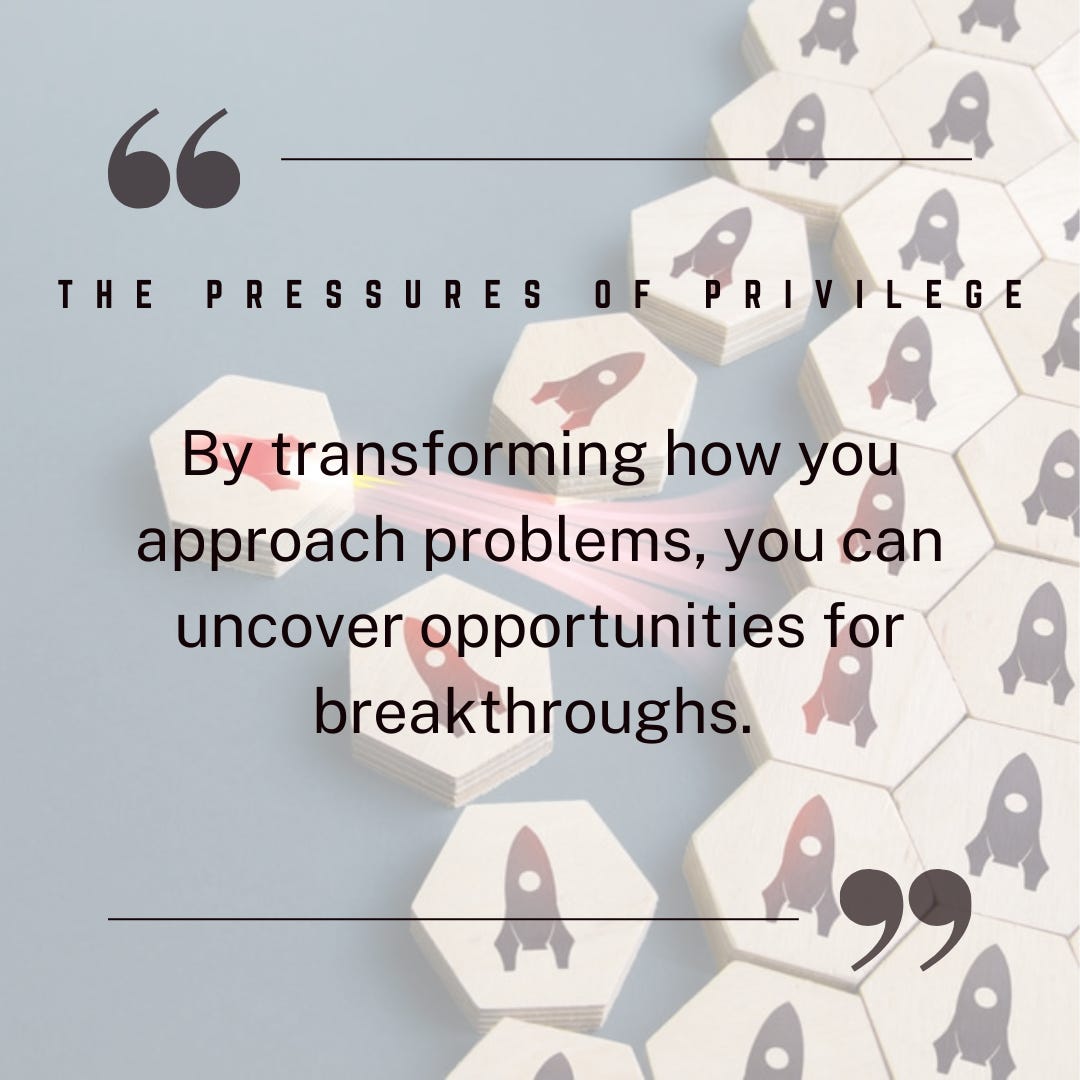Upgrade to paid to play voiceover
One of my life's biggest breakthroughs came as a result of problems.
Due to a misinterpretation of a legal document, I was denied trust income and employment at my family’s real estate business, making me the outlier—the only one out of a dozen individuals—excluded from financial support. The consequence? I threw myself into journalism.
Years later, the …
Keep reading with a 7-day free trial
Subscribe to The Pressures of Privilege to keep reading this post and get 7 days of free access to the full post archives.




